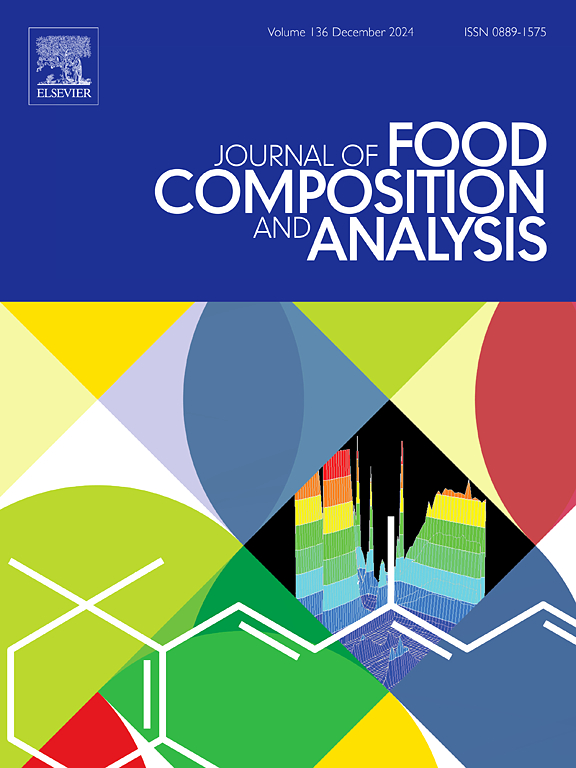Exploring the power of advanced spectral imaging and multivariate analysis for distinguishing similar carrot cultivars
IF 4
2区 农林科学
Q2 CHEMISTRY, APPLIED
引用次数: 0
Abstract
Carrots are a widely consumed vegetable around the world. They come in several varieties, each with their distinct quality traits. This study uses hyperspectral imaging to identify and predict soluble solids content (SSC) in three carrot cultivars using machine learning-based spectral analysis. After preprocessing the raw spectra, we constructed a partial least squares regression (PLSR) model to predict SSC using the preprocessed full spectra. iPLS and competitive adaptive reweighted sampling (CARS) methods were compared for variable selection. To differentiate carrots from three orchards, we developed four classification models: CARS-LDA, iPLS-LDA, iPLS-KNN, and CARS-KNN. Results indicated that both CARS-LDA and iPLS achieved effective wavelength selection for the Fuzhou A carrot cultivar, with the CARS-LDA model demonstrating the highest predictive capability, reflected by a relative prediction deviation (RPD) value of 2.72. In terms of accuracy, specificity, sensitivity, and precision, the CARS-KNN model was the best. This study underscores the potential of hyperspectral imaging coupled with machine learning methodologies to reliably predict and distinguish between various carrot cultivars, thereby contributing significantly to improvements in food safety and quality control standards in the agricultural sector.
求助全文
约1分钟内获得全文
求助全文
来源期刊

Journal of Food Composition and Analysis
工程技术-食品科技
CiteScore
6.20
自引率
11.60%
发文量
601
审稿时长
53 days
期刊介绍:
The Journal of Food Composition and Analysis publishes manuscripts on scientific aspects of data on the chemical composition of human foods, with particular emphasis on actual data on composition of foods; analytical methods; studies on the manipulation, storage, distribution and use of food composition data; and studies on the statistics, use and distribution of such data and data systems. The Journal''s basis is nutrient composition, with increasing emphasis on bioactive non-nutrient and anti-nutrient components. Papers must provide sufficient description of the food samples, analytical methods, quality control procedures and statistical treatments of the data to permit the end users of the food composition data to evaluate the appropriateness of such data in their projects.
The Journal does not publish papers on: microbiological compounds; sensory quality; aromatics/volatiles in food and wine; essential oils; organoleptic characteristics of food; physical properties; or clinical papers and pharmacology-related papers.
 求助内容:
求助内容: 应助结果提醒方式:
应助结果提醒方式:


